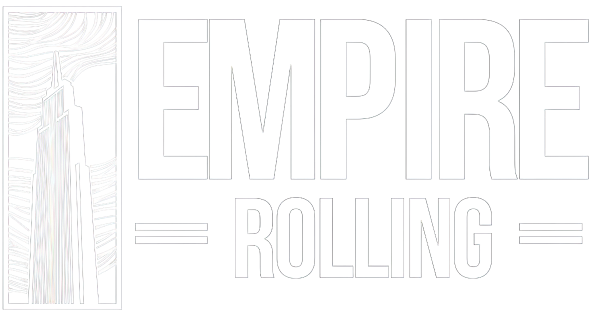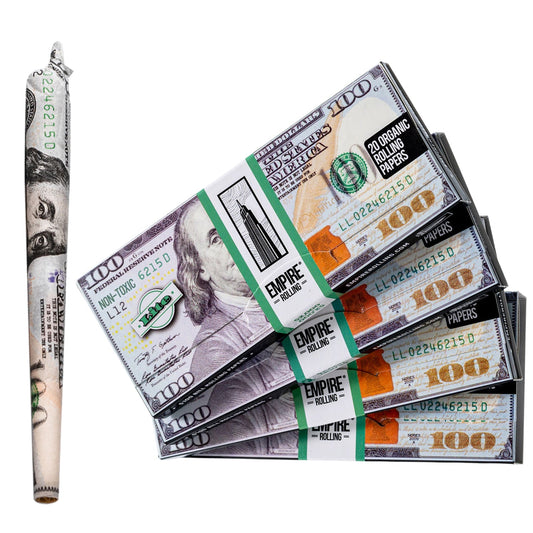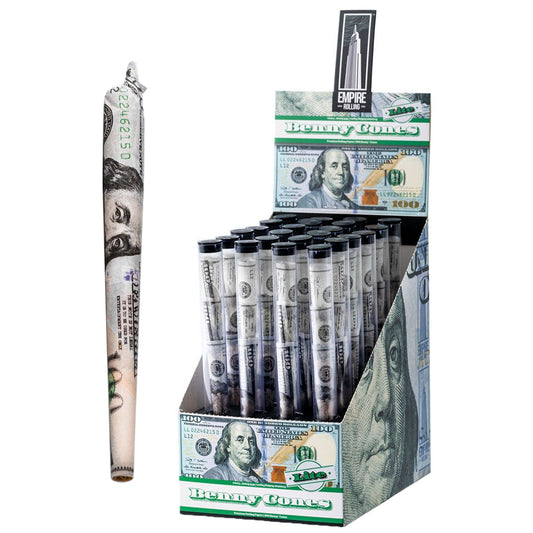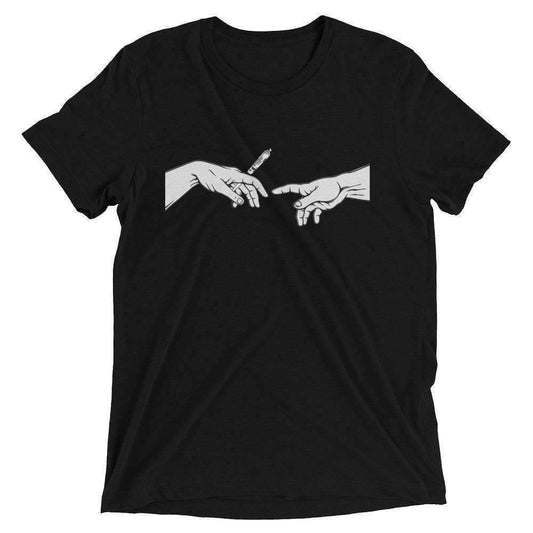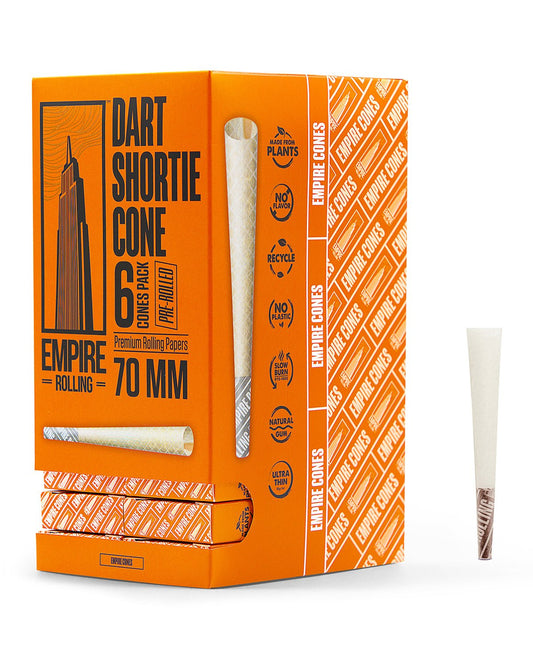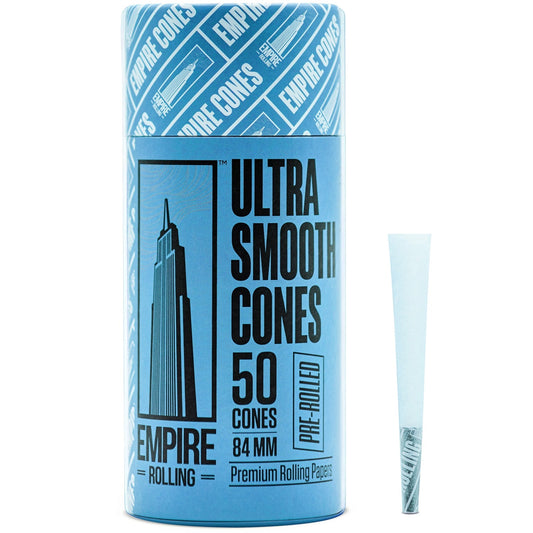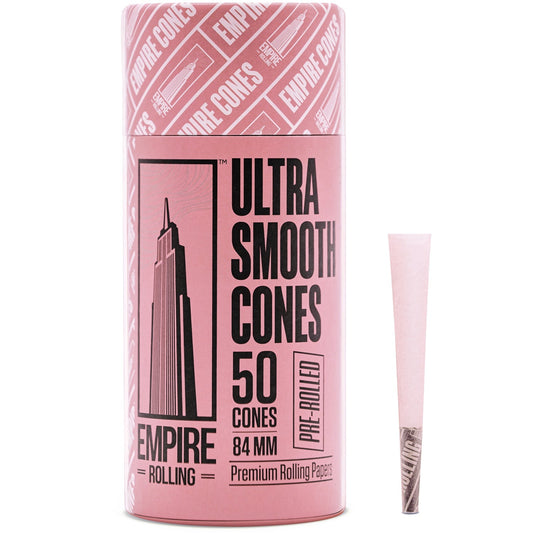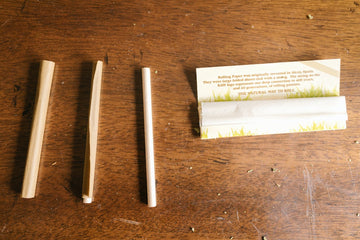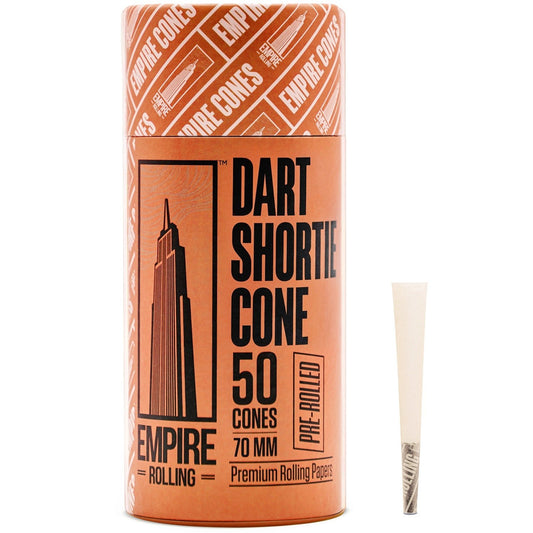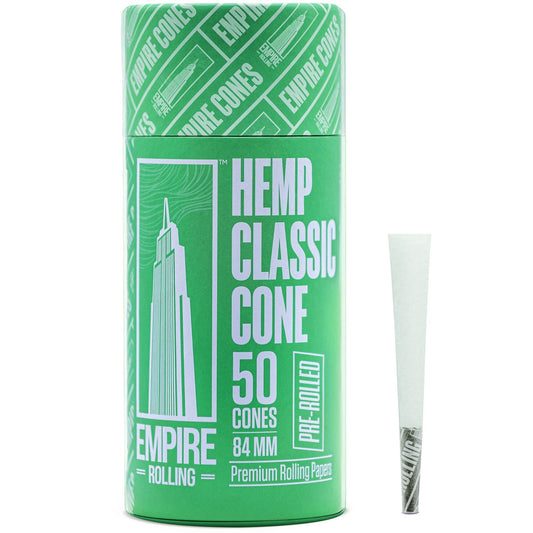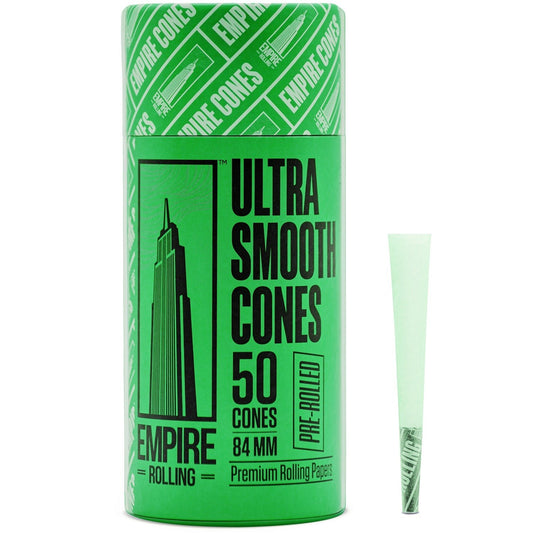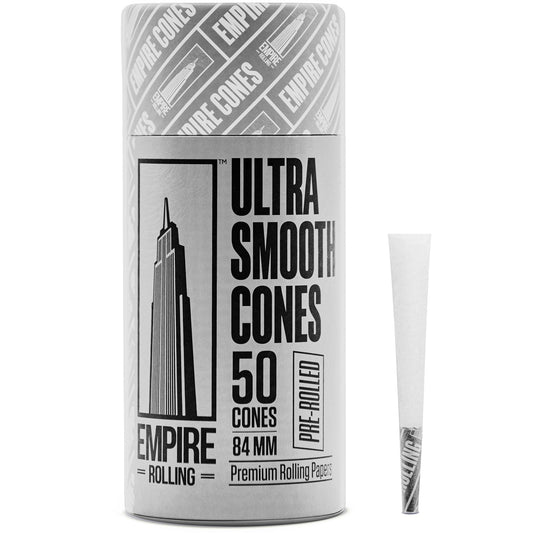3 Reasons to Check Your Rolling Paper Ingredients Now
3 Reasons to Check Your Rolling Paper Ingredients Now
Innovation has been a massive part of the smoking industry, especially in the case of rolling papers. Over the last few decades, technological innovations in rolling papers have made it easier to make your smoke session more enjoyable. Rolled joints with higher THC levels and flavorings are just two examples of how you can get more out of a short blunt.
Whether you're a worldly smoker or a novice, rolling paper is an essential tool to satisfy your smoking needs. However, you probably don't know this; rolling papers are made with various ingredients, and some can be harmful. So take a roll of Rizla and look at the ingredients. Here are three reasons you should check your rolling paper ingredients now.
Some ingredients may contain harmful chemicals. I'm sure you're aware of tobacco's dangers to your health. For instance, their smoke can cause damage to the lungs, respiratory tract, and heart. In addition, in the long run, it may cause liver cancer. However, there are other smoking products you should be concerned about. Some rolling papers, for example, can release harmful chemicals into your body when used in the long term.
Cigarette rolling papers are made from a variety of vegetable cellulose-based materials. Although most papers are derived from wood pulp, some are cotton, flax, hemp, or rice.
First, let me start by saying that there was never a bad batch of papers. It's at the manufacturer's discretion to add cyanide and other harmful substances to the rolling paper.
Because this is still a relatively new market (and highly competitive), manufacturers are always looking for an edge over their competition. The primary health concern with these chemicals is that they can cause cancer.
For instance, one of the most common bleaching agents used on rolling papers is Chlorine dioxide (ClO2). It is the same chemical used in municipal water treatment facilities and swimming pool sanitation systems.
According to the International Agency for Research on Cancer, Chlorine dioxide is a Group 2B carcinogen, which means it is "possibly carcinogenic to humans." Other bleaching agents include Chlorine (Cl2), Bromine (Br2), and Oxygen Dioxide (O2).
Rolling papers can be a fire hazard in your home if you fail to keep an eye on them. Rolling paper is just as dangerous as cigarettes. When these rolling papers burn, they release fibers and chemicals into your house. Cellulose from these papers is highly flammable and can easily cause house fires.
In addition, the standard cellulose used for rolling papers is cotton. Cotton is highly flammable and burns with a white, hot flame. So if you do have rolling papers in your home, make sure to keep enough distance between them and any heat source. You could also put a large ceramic plate on top of your rolling papers to ensure that they won't catch fire easily. Remember, once rolling papers see fire, they burn until all the cellulose is used up.
Ingredients like cellulose nitrate, or "paper pulp," have been shown to cause cancer in lab rats. However, there are still no known cases causing cancer in humans. There is also some concern over the effects of using high-gluten flours. It can trigger gluten-intolerance symptoms in people who don't otherwise have an allergy or intolerance to gluten. Some brands even use recycled cardboard for rolling paper ingredients, which seems less ideal.
The Best Rolling Paper
As you already know, smoking can negatively affect the body. As a smoker, you have to decide on what type of paper to use while smoking to protect your health and get the best results out of your smoking sessions.
There are many kinds of rolling papers available to purchase at your neighborhood smoke shop. They come in distinctive sizes, strengths, and tastes. Selecting the appropriate type depends upon what sort of smoker you're and how strong you want your paper to be. Not all rolling papers are manufactured with the same procedures depending on the ingredients they are deprived of. Some rolling papers may be massively more vital compared to others.
Let's take a closer look at some rolling papers, examine their benefits, and give some directions on discovering the one that works best for you.
White and Brown Rolling Paper
Compared to regular rolling paper, the advantages of white and brown cigarette paper are the same. This is because they are both of natural origin. They are from flax seeds and starch mixed with water and turned into pulp. Then it is placed on a solid substrate and dried up.
This paper has high-strength properties, which allow you not to worry about any tears after twisting around the cigarette. It also has good whiteness and can be used multiple times again after drying (without chemicals or toxic additives)
Classic Wood Pulp Paper
Cellulose paper – also known as wood pulp paper – is the most popular rolling paper. They have been around for over a century and have earned themselves a classic reputation. The cellulose family has a wide array of variants, as fibers or textures can be added to these papers to make them easier to roll.
These papers usually feel rougher than the new ones, but on average, they are thicker than the new ones if their texture is similar. Classic Wood Pulp Paper is simply the best rolling paper for tobacco. It has a pure, organic taste and will never leave you with that bitter tobacco flavor as other papers do.
It's made from 100% natural fibers, making it more environmentally friendly than other papers. Plus, it has an excellent burn rate, so you won't have to worry about burning your fingers or spilling ashes on your lap during a long session. Smoking enthusiasts worldwide use Classic Wood Pulp Paper as their preferred rolling paper.
BarelyThere Rice Paper
Rice paper is one of the oldest, most common rolling papers (although it is sometimes distinguished from hemp leaves). Its popularity stems from its high quality. In addition, rice paper rolls are usually low-cost and fit even those with shallow pockets.
Esparto
Esparto rolling papers are harsher than other rolling paper brands. They are also known as needle grass papers. They are made from esparto grass and must be completely dry before using them to smoke. This is because, when wet, the esparto can irritate your lips, tongue, and your mouth.
One of the most challenging parts about this type of rolling paper is that the tips are so thin that each time you pack a fresh one, your fingers get pricked by the dehydrated blades of grass inside. You may have heard some dealers claim that esparto rolling papers are better for your throat than other rolling paper brands. This is because they're all-natural–if you hear this, take it with a grain of salt.
The cigarette rolling papers you choose to use will directly impact your smoking experience. They determine whether or not you get a strong buzz about how many chemicals you inhale.
The ingredients used in modern rolling papers are typically harmless. However, if you're concerned about certain additives that could be potentially harmful, you can always look for paper with fewer or no additives at all.
But as long as you use reasonable amounts of your rolling paper and don't smoke for long periods, you shouldn't be too concerned. The takeaway here is simple: it's worth checking their ingredients before use if you buy rolling papers. Thankfully, numerous brands believe in a safe and healthy cannabis experience.
